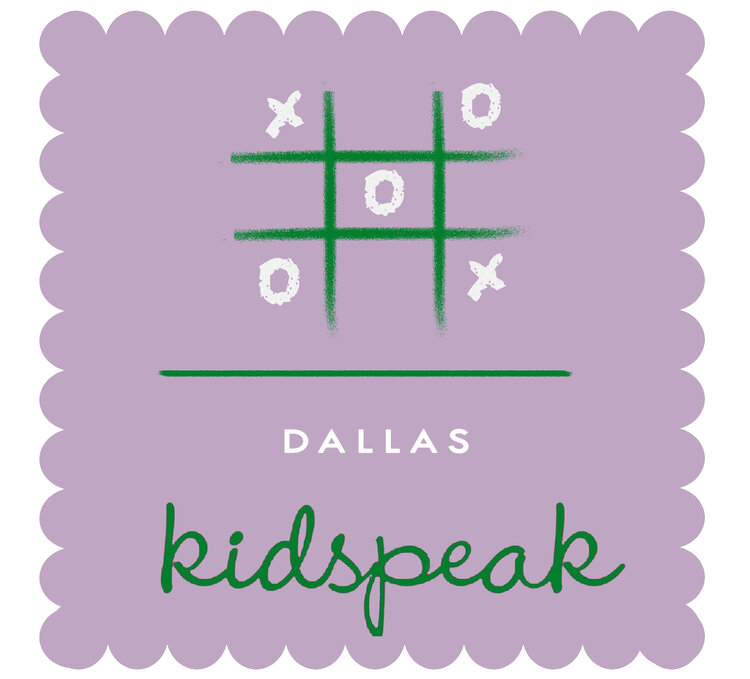Asking for “help” is a skill that sometimes can be difficult for children with language disorders. Instead of using their words they may:
1. Take your hand to the object (like taking your hand to the doorknob to open the door)
2. Give you the object (like giving you the bubble container to open)
3. Cry/scream
Here are a few steps you can follow to help your child ask for “help”:
Step 1: You will need a visual of “help”:
Step 2: Most children with language disorders love music. Think of a fun “help” song that focusing on the word “help”. For our younger kids we like to sing “help” to the tune of “Row Your Boat”. For our older children that are working on “why they need help” we use “When it’s hard and you know it, ask for help” to the tune of “Happy and You Know It”.
Step 3: Practice. Practice. Practice. You want to practice this over and over throughout your entire day within natural contexts: at home, at school, in the car, at the store, etc. So the more copies you have of your “help” visual, the better.
Step 4: How to elicit this language: Each time you want your child to say “help” do the following:
1. Point to the “help” card
2. Say “help”
3. Sing your “help” song
Remember that every child learns differently. Some children may begin to say “help” after a few days and some may take a few weeks. One important tip is to not say “say help” when working with your child.
Once your child begins to use “help” then you can work on increasing their word length by using the same method as above such as:
“Mommy help”
“Help + action”
“Mommy help + action”
Have fun teaching your child this important social communicative intention!
~KidSpeak, LLC
The Picture Communication Symbols
©1981-2018 Tobii Dynavox, LLC
are used under contractual agreement
and were created by KidSpeak, LLC.
All rights reserved worldwide.




